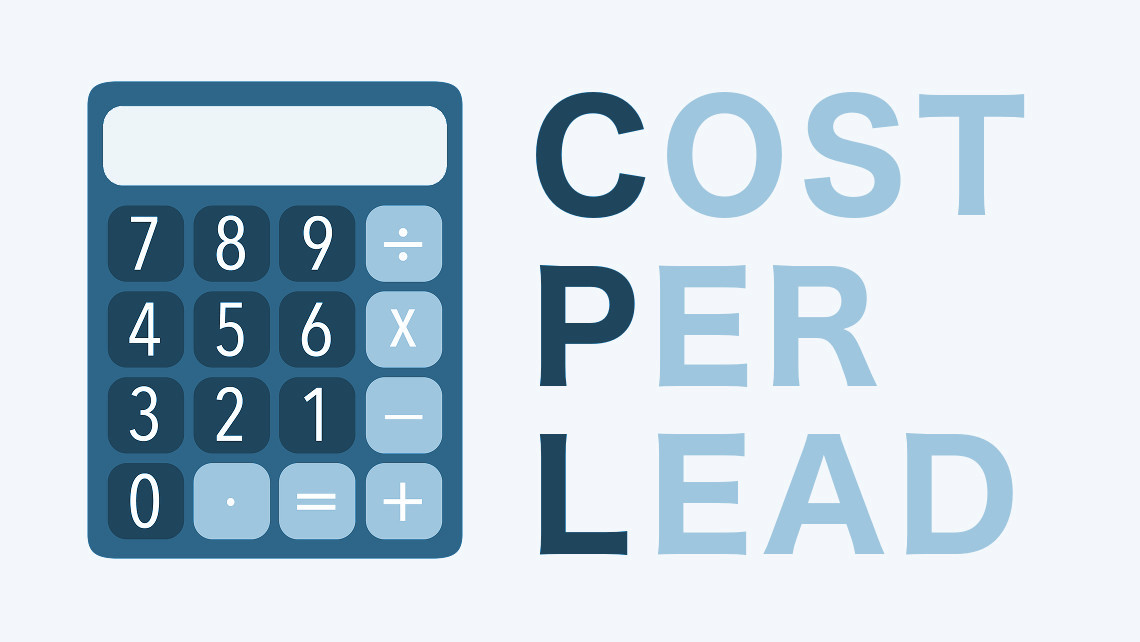Cost Per Lead (CPL) advertising is a powerful model that allows advertisers to pay only for qualified leads, ensuring maximum ROI. However, to truly capitalize on CPL campaigns, you need strategies that attract, engage, and convert your audience. This blog explores the various strategies of lead generation in CPL campaigns while optimizing your efforts for success. CPL advertising is a performance-based model where advertisers pay for leads, such as sign-ups, registrations, or other predefined actions. Unlike other models like CPM or CPC, CPL ensures that you only pay for actual potential customers who express interest in your product or service.
Why Focus on Lead Generation in CPL Campaigns?
Lead generation is the backbone of CPL campaigns. With the right strategies, CPL campaigns can:
- Drive high-quality leads.
- Reduce customer acquisition costs.
- Improve conversion rates.
Focusing on lead generation ensures that your campaigns deliver measurable and impactful results.
Strategies for Effective Lead Generation in CPL Campaigns

1. Define Your Target Audience
Understanding your audience is key to any marketing strategy. Develop detailed buyer personas that include demographics, interests, and online behaviors. The more specific your audience, the higher the likelihood of attracting quality leads.
2. Create Compelling Offers
In CPL advertising, the success of your campaign often hinges on the attractiveness of your offer. Free trials, exclusive discounts, and valuable content like eBooks or webinars are great incentives to encourage sign-ups.
3. Leverage High-Performing Ad Networks
Choosing the right ad network is critical to your campaign’s success. A reliable network ensures better reach, targeting, and performance. Learn how to select the best ad network by checking out Choosing the Right Ad Network for Your Business.
4. Optimize Landing Pages
Your landing page is where conversions happen. Ensure that it is:
- Visually appealing: Use clean designs and clear CTAs.
- Optimized for mobile: Most leads come from mobile devices.
- Quick to load: A slow-loading page can deter potential leads.
5. Use Advanced Targeting Options
Advanced targeting options, such as geographic, demographic, and behavioral targeting, help ensure your ads reach the right audience. This minimizes wasted spend and maximizes lead quality.
6. A/B Test Your Campaigns
A/B testing allows you to determine which ads, offers, or landing pages perform best. Experiment with different headlines, images, CTAs, and formats to identify winning combinations.
7. Track and Analyze Performance
Monitor campaign metrics such as conversion rates, cost per lead, and ROI to evaluate performance. Use tools and strategies highlighted in Essential Resources for Publishers: Tools and Strategies for Success to optimize your campaigns. Tools like Google Analytics, Matomo, can help track and analyze the performance of your campaigns.
8. Retarget Interested Users
Not every user converts on their first visit. Use retargeting campaigns to re-engage users who showed interest but didn’t complete the desired action.
Benefits of Focusing on Lead Generation in CPL Advertising

- Cost Efficiency: You only pay for leads, ensuring better budget allocation.
- High Intent: Leads generated through CPL campaigns are more likely to convert into paying customers.
- Scalability: With a well-optimized campaign, you can scale your efforts for even greater results.
Final Thoughts
Lead generation in CPL advertising requires a mix of creativity, data-driven strategies, and continuous optimization. By implementing these strategies, you can maximize the potential of your campaigns and drive impactful results.
For more tips on maximizing your advertising campaigns, explore our blogs:
- Understanding CPA Advertising
- Essential Resources for Publishers: Tools and Strategies for Success
- Choosing the Right Ad Network for Your Business
Start building smarter campaigns today and see your leads soar!








[…] CLICK HERE to learn how to create a successful Native Ad Campaign in ADSARO. […]